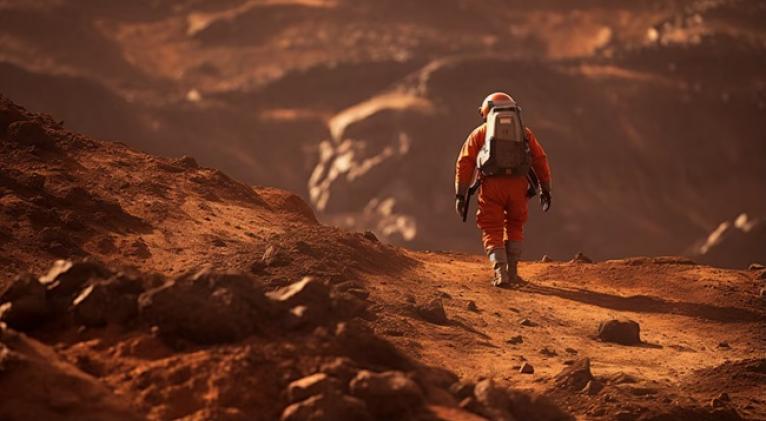
NASA revealed its plans to carry out a manned mission to Mars in the 2030s, hoping that this expedition can unravel some of the geological mysteries of the red planet.
The round trip would take between six and seven months each way, covering up to 402 million kilometers in each direction.
Astronauts could spend up to 500 days on the surface of Mars before returning to Earth for a mission whose primary goal is scientific exploration and discovery.
NASA's Artemis program, designed to return humans to the Moon this decade, serves as a training ground for this interplanetary mission.
Artemis III, scheduled for 2026, is expected to take humans to the lunar surface again, specifically to the south pole of the Moon, where large reserves of water in the form of ice are believed to exist.
NASA has said that Artemis astronauts could establish habitats on the lunar surface and spend several months exploring, in order to acquire the skills necessary for future Mars explorers.
This approach aims to facilitate the understanding of how to operate in hostile environments and prepare the technology necessary for the ambitious trip to Mars. (Text and Photo: Cubasí)